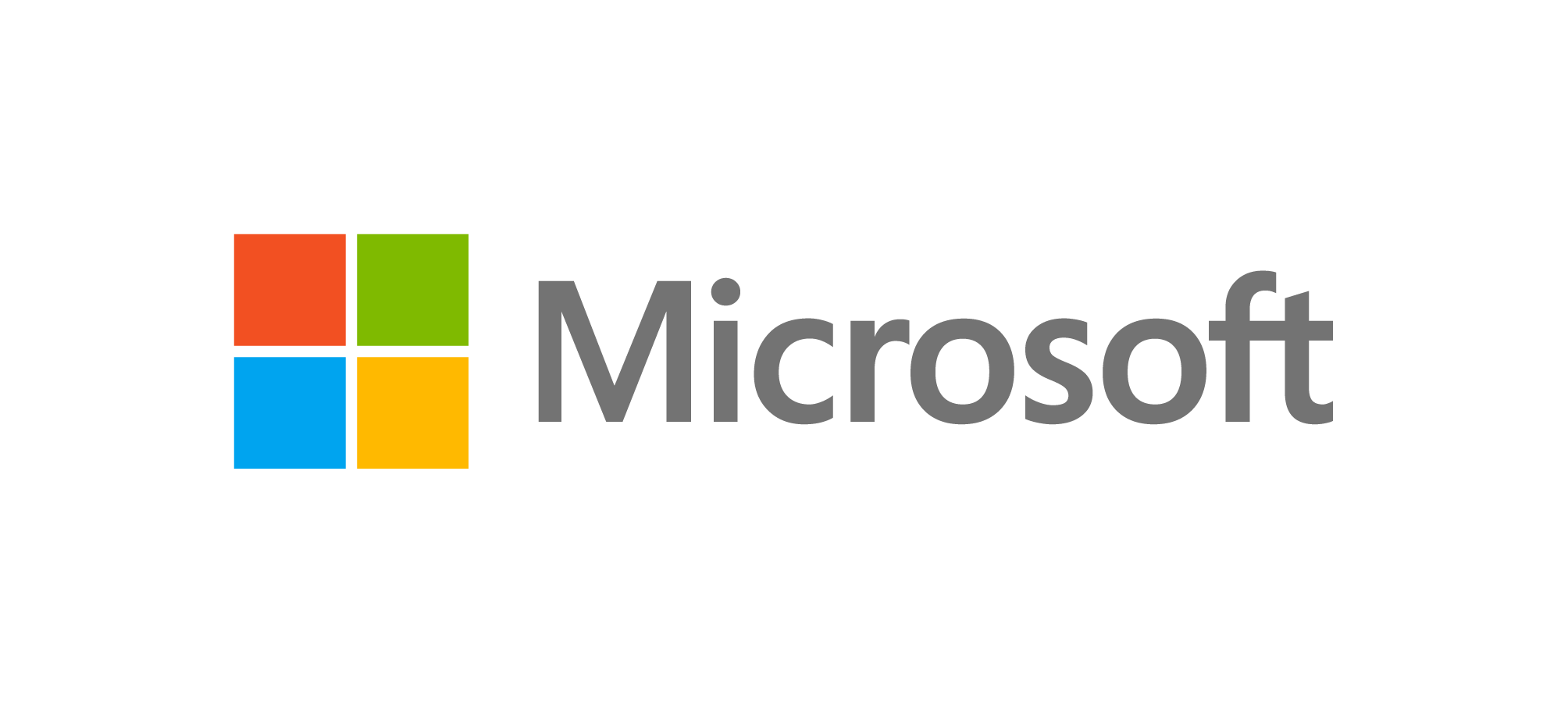Power up. From supercharging employee productivity and streamlining processes to inspiring innovation, Microsoft’s AI is designed to help you build the next big thing. No matter where you're starting, push what's possible and build your way with Azure's industry-leading AI. Check it out.
Thanks to ChatGPT, text-focused AI is having a moment—but the Grammarly team has been tinkering with the tech since before it was cool.
In 2021, Grammarly was the 10th most valuable US startup, according to CB Insights data, after it raised $200 million in funding and boosted its valuation to $13 billion from $1 billion in 2019. Globally, Grammarly serves 30 million users every day, including 50,000 professional teams, according to the company.
But the field has become crowded in recent years. One example: DeepL, a German AI startup best known for language translation and for its recent $1 billion valuation, recently released a tool called Write, which uses a neural network to correct grammatical errors and suggest alternate phrasing. And then there’s the recent generative AI boom, including text-based services like ChatGPT, which surpassed 1 million users in its first week.
But Grammarly executives believe the company is well-positioned, despite exploding interest in language-centric AI tools.
“"I’'ve always believed that the way we succeed in the long term is, we don’'t look over our shoulders at what other people are doing,” Rahul Roy-Chowdhury, global head of product at Grammarly, told Tech Brew in response to a question about increasing market competition. He added, “We’re in a good position relative to the market.”
The write right stuff
Grammarly has been around since 2009, but it started out as a rule-based system (think: if this, then that), according to Roy-Chowdhury. In 2017, as deep learning was being deployed at scale in the industry, the team brought it into Grammarly’s pipeline.
Now, the company is looking into ways to potentially do the same with large language models (LLMs) and with generative AI.
“If you think about the way that communication flows, there are all these different stages—there’s a conception stage: ‘What do I want to say?’ There’s a composition stage: ‘Let me write down what I want to say.’ There’s a revision phase: ‘Let me look at what I’ve written and make it better.’ And when I send it, there’s a comprehension phase for the reader,” Roy-Chowdhury said.
But going forward, the company hopes to operate across all of these stages, he told us.
“Today, our offering is very concentrated in the revision phase of this life cycle,” Roy-Chowdhury said. “So when you look at things like generative AI and what it enables, I think it helps us start expanding into more of this communication life cycle, which eventually is our goal.”
The company declined to comment on whether the team is exploring potential partnerships with leading generative AI startups or looking to create its own model, or on the dollar amount of its planned technical investment in LLMs and generative AI.
Grammarly is also banking on the fact that its tech is relatively platform-agnostic, aiming to be a one-stop shop for writing needs. With a browser extension and native Windows and Mac applications, users can incorporate Grammarly into Slack, Microsoft Word, and other tools. And though the company uses different machine learning models and natural language processing techniques for different tasks, like writing emails, instant messages, recruiting communications, and more, to the user, it all appears as one tool.
Brendan Burke, senior emerging technology analyst at Pitchbook, told Tech Brew pointed out that, like other companies that have benefited from gathering unique training data at scale, Grammarly may be able to fine-tune relevant LLMs with the customer data it might have access to.
“While there could be other contenders, or the model training labs themselves, that are able to conduct text editing…there are advantages to having products in the field that learn from customer data and are able to optimize inference for customer environments—and Grammarly has experience there that can help it,” Burke said.
Roy-Chowdhury also pointed to Grammarly’s “deep, high-quality training data” as part of what makes its tools unique.
“We have made a lot of investments in bringing in language experts to help us understand the structure of language,” Roy-Chowdhury said. “The folks that were helping us craft these rules, that were the underpinning of Grammarly’s rule-based solutions, are also helping us annotate training data for our deep learning models. These are computational linguists, analytical linguists, who…bring a lot of deep understanding of how we can actually create high-quality data.”
Pitchbook’s analysts break out generative AI into a subset of companies that specialize in writing and editing tools, and in that space, Burke said Grammarly stands out in the “fairly immature” space amid a number of recent seed deals.
“There are a high volume of new tools competing for attention, without any clear winners yet, apart from Grammarly,” Burke said.


